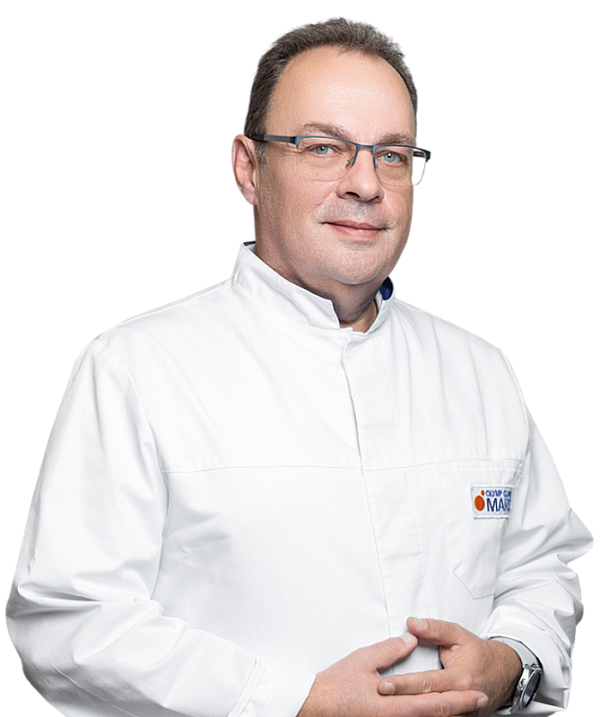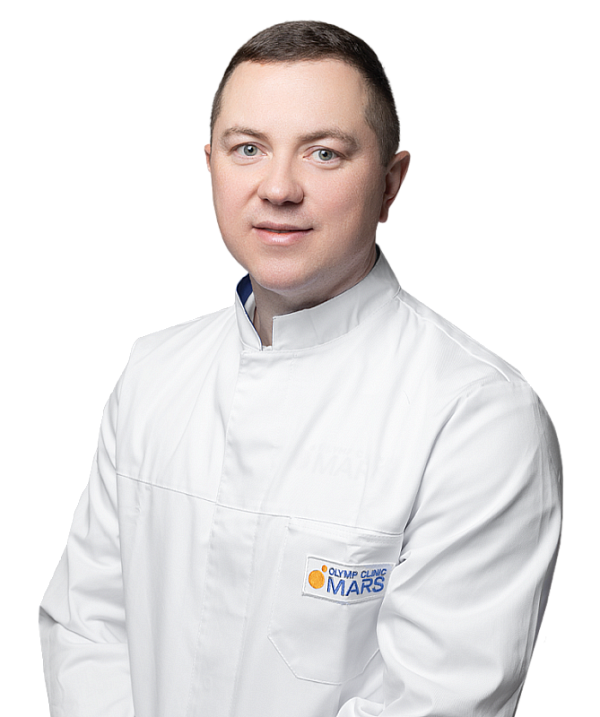Benign tumor and cyst removal
Surgical removal of tumors and cystic formations in the face and neck area.

Benign neoplasms of the face and neck develop in soft tissues, sebaceous glands, skin, or subcutaneous tissue. While they do not spread to surrounding tissues or metastasize, tumors can increase in size, disrupt facial expressions and symmetry, cause inflammation, and compress nerves and blood vessels.
The most common types of growth include lipomas, atheromas, fibromas, epidermoid cysts, papillomas, and hemangiomas. While the growth may be painless and cause no discomfort, it is advisable to consult a physician. Some tumors may visually resemble malignant growths, so it is essential to get a professional diagnosis and, if necessary, have them removed. Surgical treatment is the most reliable method for removing cystic and tumor formations on the face and neck. This procedure is designed to address cosmetic imperfections and eliminate potential complications.
Prior to the surgery, the surgeon will discuss the procedure, assess the location, size, and mobility of the formation, and schedule a soft tissue ultrasound, and any other necessary additional imaging methods (CT, MRI).
Following the preparation of the surgical site, the surgeon will make an incision, excise the tumor along with the capsule (if present), and check the integrity of the surrounding tissues. A small area of healthy tissue may be removed to prevent recurrence. Following the surgical removal of the tumor, the wound is closed with a cosmetic suture that will gradually become barely visible. The procedure typically takes between 20 and 60 minutes.
Procedures are performed in a surgical unit equipped with advanced instruments designed for minimally invasive interventions.
Following the procedure, there may be slight swelling and moderate discomfort in the treated area, which typically resolves within a few days. The stitches are then removed, at which point it is recommended to avoid direct sunlight, significant facial expressions, and to use antiseptic agents as indicated, for a period of 1–2 weeks. Provided all recommendations are followed, the resulting scar will be minimal and barely noticeable.
Benefits
Safety
Removal is managed by highly experienced maxillofacial surgeons.
Recurrence minimization
Complete excision of the tumor along with the capsule reduces the risk of recurrence.
Cosmetic results
We use minimally invasive techniques that leave barely noticeable scars.
Diagnostic precision
A histological examination is performed after the removal to rule out a malignant process.
Врачи
Смотреть всех врачейMaxillofacial surgeon. Candidate of Medical Sciences.
Similar referral activities
Post-traumatic facial deformities treatment
Surgical restoration of facial bones and soft tissues after trauma to restore function and appearance.
Maxillofacial purulent inflammations diagnostics and dissection
Surgical treatment of abscesses, phlegmons, and other acute inflammations with drainage and sanitation.
Naso-orbital reduction and osteosynthesis
Facial skeleton restoration surgery involving nose and eye socket fractures.
Cheekbone reduction and osteosynthesis
Surgical restoration of the zygomatic bone using titanium plates to fix the fragments.
Lower jaw osteosynthesis
A surgical procedure designed to repair broken bones in cases of mandibular fractures.

